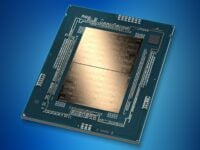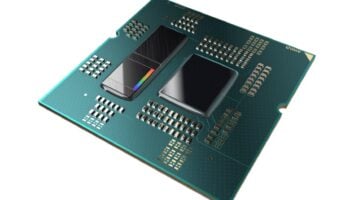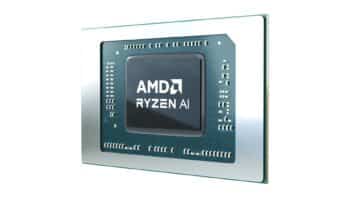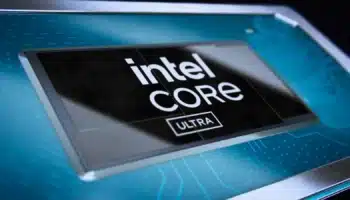Intel has been plagued by various issues over the last decade. None of them, however, were as damaging as the 10nm production delays. From the original plan to begin mass production in 2016 (and launch in 2017), the actual production date was pushed to 2020, a massive delay of four years. Going by Intel’s bi-annual tick-tock cadence, the chipmaker should have launched its 5nm process node by now, with plans to release the 3nm lineups underway.
In the real world though, Intel is lagging behind both Samsung and TSMC and just managed to launch its 10nm process node for volume markets last month. The reasons behind Chipzilla’s decline are multiple. However, ironically the primary was an overly aggressive (unrealistic) roadmap. The company’s 10nm process node was on par with TSMC’s 7nm node and was originally planned to start volume production in 2016, two years ahead of TSMC’s N7, conferring a strong 2-year advantage to Team Blue. However, this backfired as the 10nm node failed repeated quality checks, with poor yields and lower-than-expected PPA, resulting in multiple delays meant to iron out the flaws.
And for that as we’ve talked about the yields on 10 are now looking healthy and you’re seeing those volume ship very well. At 7, Alder Lake is now shipping, great product, getting great reviews in the marketplace, the clear leadership product and client. We said Intel 4, our Meteor Lake product is looking good. And I’ve said Intel 3, 20A and 18A are ahead of schedule. And also maybe as a point of affirmation there, we’re having our foundry customers like Qualcomm, we’re looking at these leadership nodes, who are very discerning customers.
Pat Gelsinger, Intel CEO
With Pat Gelsinger at the helm, though, Intel appears to be returning back to track. As per the new CEO, the investments in process R&D have been doubled as part of the IDM 2.0 strategy. Advanced packaging technologies are also being developed, including the successors to Foveros, EMIB, etc. And more importantly, the production of the next-gen Intel 4, 3, Intel 20A, and 18A nodes is slated to begin ahead of schedule.
To ensure this, Gelsinger has assigned separate teams to the development of different nodes. A tick-tock model has been applied to the process development teams, where the Intel 10 and 17 is distinct from the Intel 43 team, is distinct from the Intel 20A, 18A team. This has prioritized Intel’s internal foundries by giving them increased engineering capacity, allowing for increased research and development.
Talking about the Ponte Vecchio HPC accelerator, Gelsinger explained that it’ll be the chipmaker’s first 100 billion transistor chip. Paired with advanced packaging technologies, most notably 3D Foveros stacking and EMIB, we’re looking at a several trillion transistor SKU. On the topic of the Xe-HPG or Arc “Alchemist” graphics cards, Gelsinger confirmed that Intel’s first discrete graphics cards are coming in the first quarter of 2022.
Pat was less optimistic about the server segment. Expecting AMD to respond with its 5nm Epyc Genoa and Bergamo processors in 2022, he said that the server market will be a little bit nip and tuck over the next few years, with the two archrivals struggling to maintain “unquestioned leadership”. He hopes for capacity and product leadership in the future.
Via: SeekingAlpha






